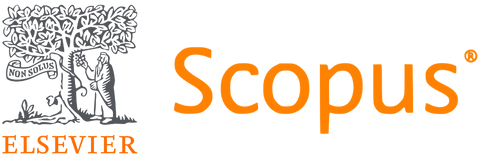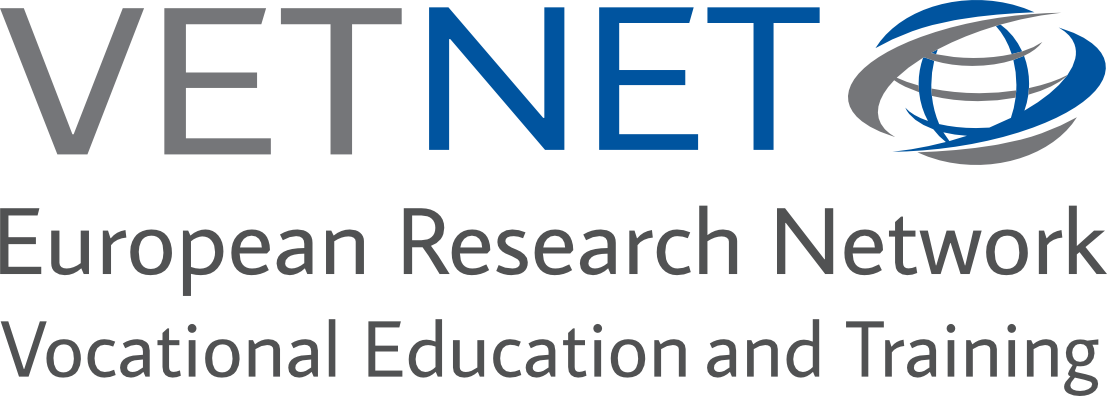Fostering Innovative Learning and Satisfaction in Virtual Teamwork: Shedding Light on Apprentices
DOI:
https://doi.org/10.13152/IJRVET.11.2.2Keywords:
Team Work, Workplace Learning, Collaboration, New Work, Outcomes of Education and Training, Vocational Education and Training, VETAbstract
Purpose: The digital transformation and the increased use of technologies have changed the world of work severely. With it, collaboration and cooperation methods among employees. Therefore, new ways of working together must be applied to work in an international and digital working environment. For Vocational Education and Training (VET), developing new (transversal) competencies to engage in virtual teamwork is necessary to adequately prepare young professionals for the present and future labor market. However, there is little research on the current situation in VET regarding virtual teamwork.
Approach: We deployed a cross-sectional design and collected data from N = 181 commercial apprentices in Germany regarding virtual teamwork. We analyze our data using Partial Least Squares Structural Equation Modeling (PLS-SEM) to examine the interrelationships between input, process, and outcome variables to foster satisfaction and innovative learning in virtual teams as desired targets of VET. To assess these results regarding virtuality, the complexity of tasks, gender of the apprentices, and the size of the training firms, we derived a multigroup analysis (MGA) of our model.
Findings: The results indicate that organizational factors have the most significant influence concerning the relationship between input and process factors. Surprisingly, the technical affinity of individuals has only a minor effect. Regarding the relationship between process and outcome factors, motivation and responsibility have the highest impact on innovative learning, whilst communication culture severely affects the perceived satisfaction in virtual teamwork.
Conclusion: The findings lead to valuable insights on factors influencing virtual teamwork in VET and can help to design learning programs to prepare young professionals to smoothly transition to and successfully master their future working environments by using new ways of collaboration and cooperation. This is particularly relevant for VET, as prior research has focused primarily on primary and secondary education. Lastly, we identify potential scales and items that help capture some of the inherent constructs of virtual teamwork.
Downloads
Online First / Final Publication Date
How to Cite
Issue
Section
URN
License
Copyright (c) 2024 Frank Hiller, Stefanie Zarnow

This work is licensed under a Creative Commons Attribution-ShareAlike 4.0 International License.





